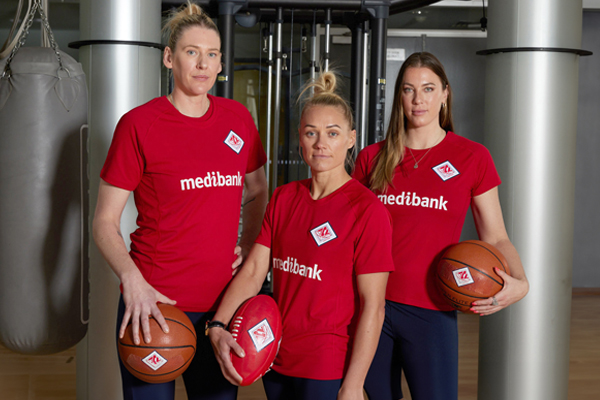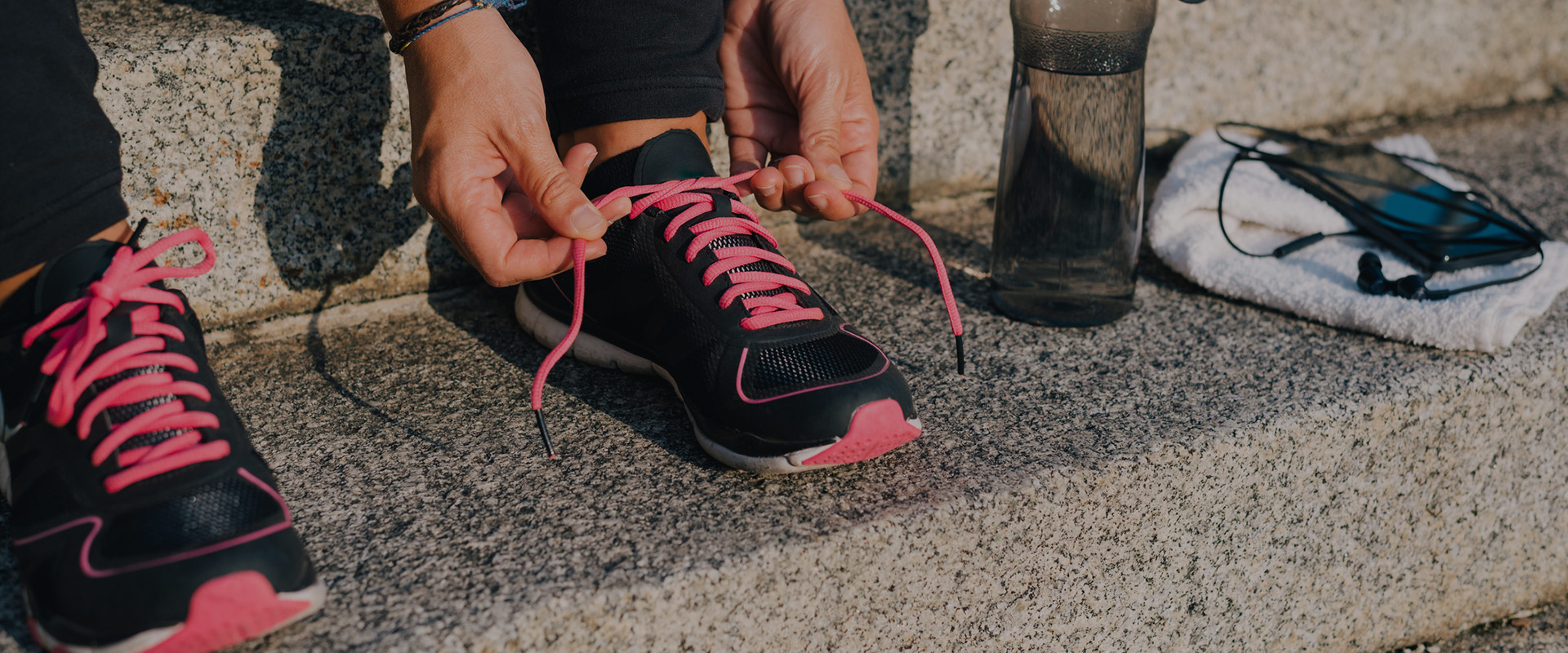-
Everywhere you look, more and more people are using wearable fitness trackers – and there are plenty of good reasons for the trend. An activity tracker can be a great way to encourage you to be more active, giving you real-time information that helps you see your progress, keep you on track and motivate you to push yourself further.
Health experts often suggest aiming for 10,000 steps a day to increase your fitness, lower your risk of disease, boost your energy levels, lose or manage weight, and improve your mood and mental wellbeing. A fitness tracker gives you a smart, easy way to track your steps towards this goal – and so much more.
To give you a better picture of what you can expect, we take a look at the Fitbit Flex – a comfortable, colourful wristband device that gives you a great balance of functionality and ease of use.
Here are some of the things the Fitbit Flex can help you do…
1. Set goals
Common wisdom holds that having a clear, specific goal in mind is important for achieving results. Whether you’re trying to lose weight, improve your fitness, or just get more active throughout the day, using an activity tracker can help give you something tangible to work towards. With Fitbit, you can set a goal – whether it be steps to take, calories to burn or distance to cover – for each day, and LED lights show you your progress. Each light represents 20% of your goal and lights up like a scoreboard when you achieve it. Anytime you want to see how you’re tracking, just tap your Fitbit and the lights will tell you.
2. Track your movement
Every move you make, your Fitbit is quietly taking note. Fitbit tracks not only your steps and distance, but also your active minutes – those moments when you are moving intensely – so you get a good picture of how active you are during the day. And the kind of tracking you get with these devices is much more sophisticated than that of a traditional pedometer. Fitbit uses a ‘3-axis accelerometer’, which tracks the movement of the body and converts it to digital measurements, then uses this data to assess the frequency, duration, and intensity of movement. It also includes clever algorithms designed to look for motion patterns to recognise when you are walking, which makes for a pretty accurate reading.
3. Monitor your sleep
How well are you sleeping? In a recent Medibank study, only 43% of respondents said they regularly get a full night’s sleep, so chances are you wish you could get a little more shut-eye. The first step to sleeping better is finding out what your sleep patterns are like to start with, then using that information to make improvements. By wearing your Fitbit at night, you can measure how long you slept for, the number of times you woke up, and how long you were restless for. Plus, you can set a silent alarm that gently vibrates to wake you up in the morning – much nicer than loud beeps and bells!
4. Track calories
Fitbit gives you an estimate of the number of calories you’ve burned throughout the day, based on your Basal Metabolic Rate, which is calculated using your height, weight, age and gender as entered in your profile. While you should keep in mind that it’s just an estimate, it does give you a good rough guide to work with – and seeing how much you’re burning can be a great motivator.
5. Visualise your progress
Your stats sync automatically to your PC, Mac, many iOS devices and select Android phones, giving you real-time information throughout the day. You can also use this info to get insights into your trends and patterns, with graphs and charts that show you visually how you’re tracking and what you’ve achieved. And if you need an extra push, you can share your achievements with your friends, celebrate your success and challenge each other to aim higher.
Find out more about Fitbit Flex at fitbit.com/flex.
5 ways Fitbit can help you reach your goals

-
Everything you need to know about parkrun
Been wondering what a parkrun looks like? Where do you go? What do you do? How do you sign up? Find out here.
-
Five ways to exercise when on a budget
You don’t need to spend money on gym memberships just to meet your fitness goals. Here are five free ways to stay healthy and active when you’re living on a budget.
-
How parkrun changed my life
Christie Farrow went from being an exercise-phobe to a true blue runner with parkrun.
-
Australia's top female athletes unite on ACL injury
Some of Australia's most talented athletes have joined forces to highlight the unique injury challenges women face.
-
How to create your perfect summer fitness plan
Be inspired by the sunshine and get moving
-
The essential foam rolling routine
Improve posture and flexibility with this essential foam rolling routine. Discover effective stretches to ease muscle tightness and enhance your daily movement.
Subscribe to receive the best from Live Better every week. Healthy recipes, exercise tips and activities, offers and promotions – everything to help you eat, move and feel better.
By clicking sign up I understand and agree to Medibank's privacy policy






